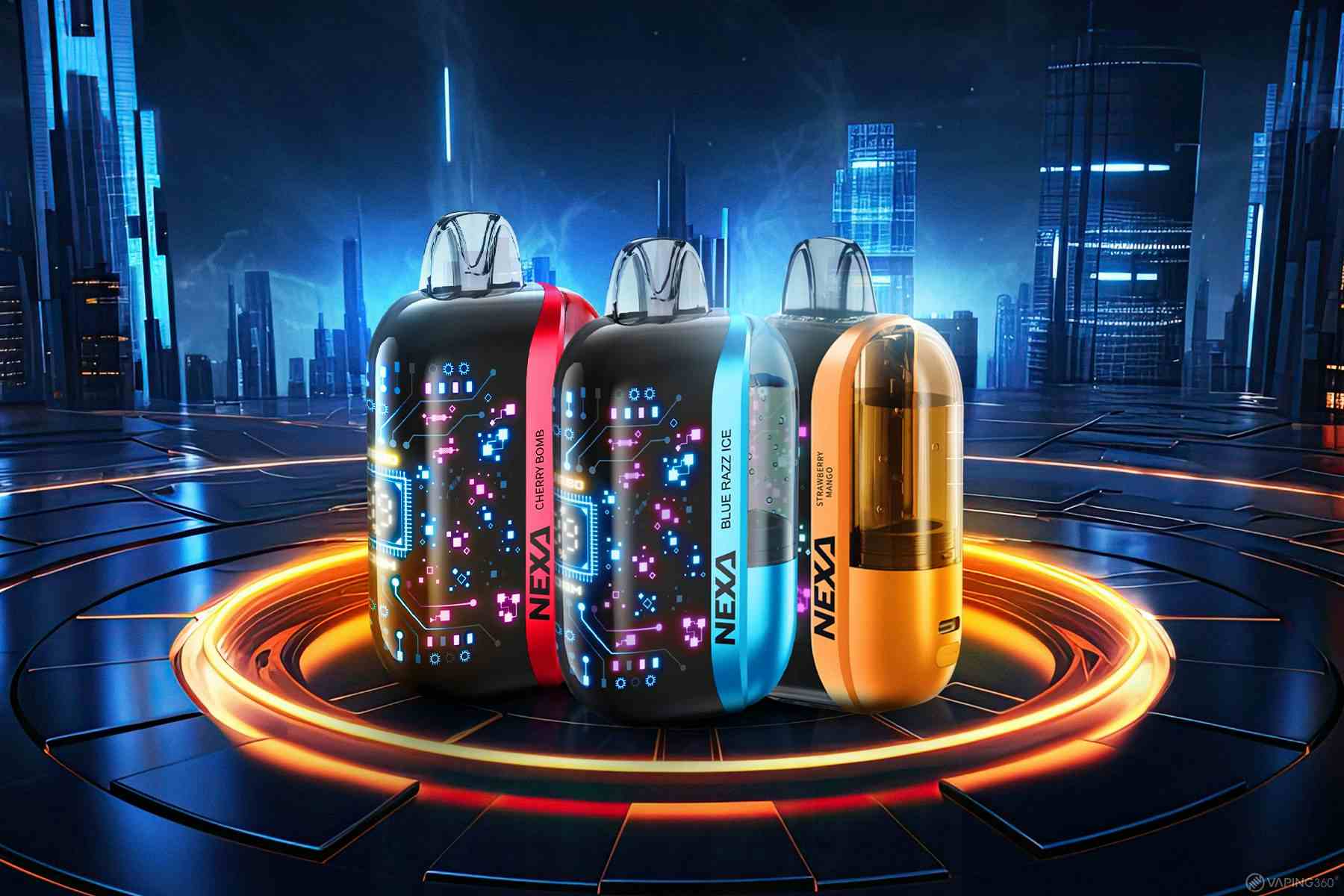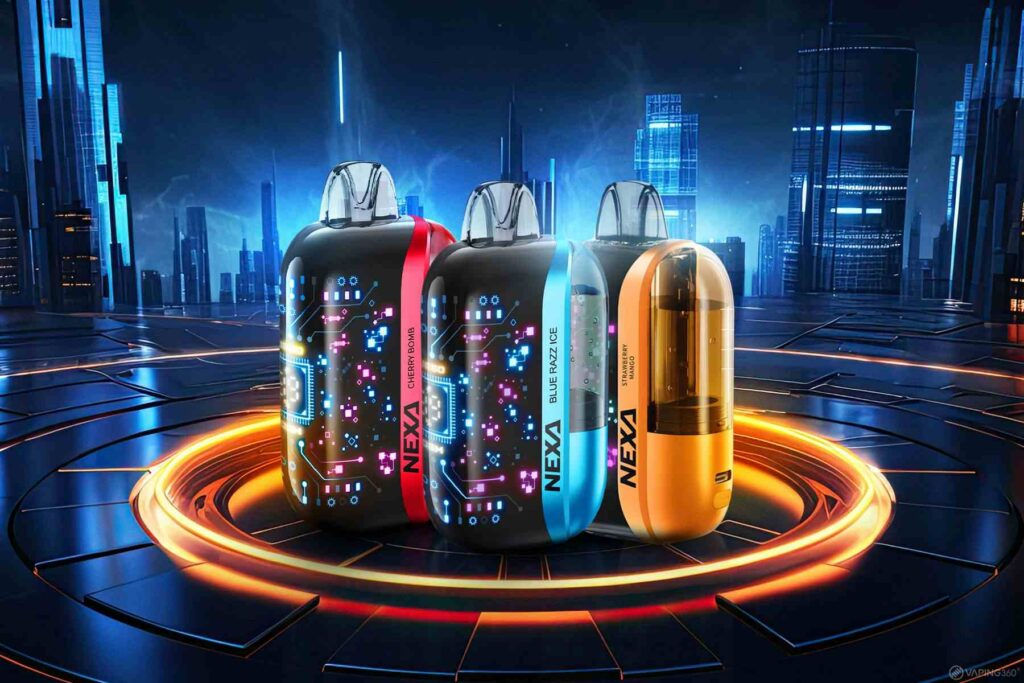Introduction
The vaping industry has seen continuous advancements in technology, especially with the emergence of vape chips featuring temperature limiting capabilities. These innovative components are designed to enhance the vaping experience by controlling the temperature during use. In this article, we will explore how vape chip temperature limiting affects user experience, highlighting product features, usage, comparisons with competitors, advantages and disadvantages, and the target user demographic.
Product Features
Vape chips with temperature limiting features offer several groundbreaking technologies. These chips can accurately monitor the coil temperature in real-time, reducing the risk of dry hits and improving flavor consistency. Most devices equipped with this technology also include adjustable settings that allow users to select their preferred temperature range, enabling a bespoke vaping experience. Furthermore, many modern vape chips support customized wattage configurations, providing users with greater control over vapor production.
Usage Experience
Users have reported that devices with temperature limiting significantly enhance their vaping experience. The prevention of dry hits—characterized by an unpleasant burnt taste—contributes to a more enjoyable intake of vapor. Additionally, the ability to customize temperature settings enables vapers to savor different flavor profiles for various e-liquids. Many users appreciate the reassurance that comes with knowing their device is operating within optimal temperature limits, reducing the concern associated with overheating and potential device failure.

Comparison with Competing Products
When comparing temperature-limiting vape chips to traditional vaping systems that lack this technology, several key differences become apparent. Devices without temperature control often lead to inconsistent flavor experiences and increased occurrences of dry hits. Competitors, like Smok and Vaporesso, have made strides in temperature control technology; however, the precision and responsiveness of some emerging brands outshine established players. The market is competitive, but brands that prioritize user-centric features are gaining a competitive edge.
Advantages and Disadvantages
The advantages of vape chip temperature limiting are manifold. Chief among them is the enhanced safety and reliability it offers. Users can indulge in longer sessions without the fear of overheating their coils. Furthermore, flavor consistency is notably improved, allowing users to enjoy their preferred e-liquids with more depth and character.
However, there are also disadvantages. More advanced technology often leads to higher prices, which may deter price-sensitive customers. Additionally, the complexity of settings might overwhelm novice users who prefer a straightforward vaping experience. Finally, while temperature control aids in preventing dry hits, it doesn’t eliminate it entirely, depending on user habits and coil maintenance.
Target User Demographic
The primary target demographic for vape chip temperature limiting devices ranges from novice vapers seeking a safer and more enjoyable experience to seasoned users looking for customization. Enthusiasts who prioritize flavor and consistent performance find these devices particularly appealing. Furthermore, health-conscious individuals who are concerned about potential overheating may also favor temperature-limiting technology.
Conclusion
In conclusion, vape chip temperature limiting significantly impacts the vaping experience by enhancing safety, preserving flavor quality, and allowing personalization. While it presents some drawbacks in terms of price and complexity, the overall benefits make it an attractive option for a wide range of vapers. As the vaping industry evolves, devices that incorporate such advanced technology will likely lead the way in meeting consumer expectations for both performance and enjoyment.





